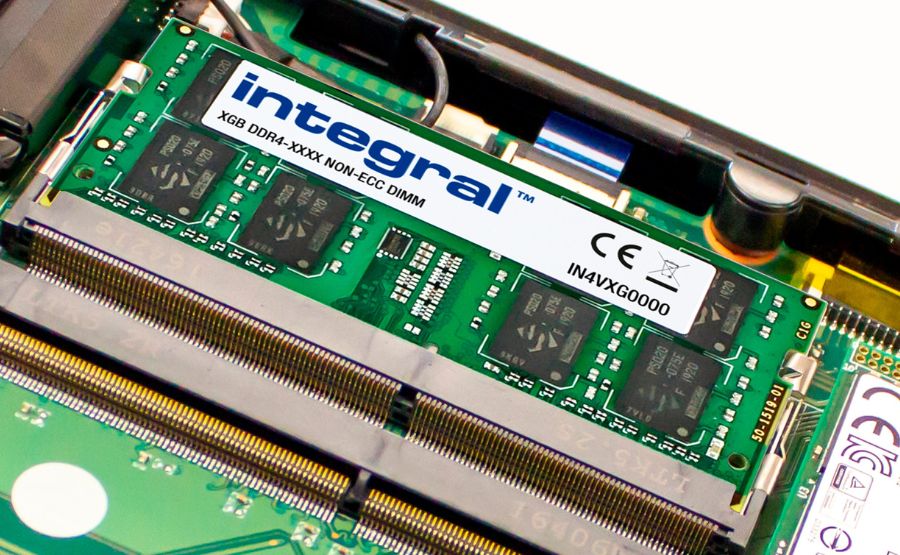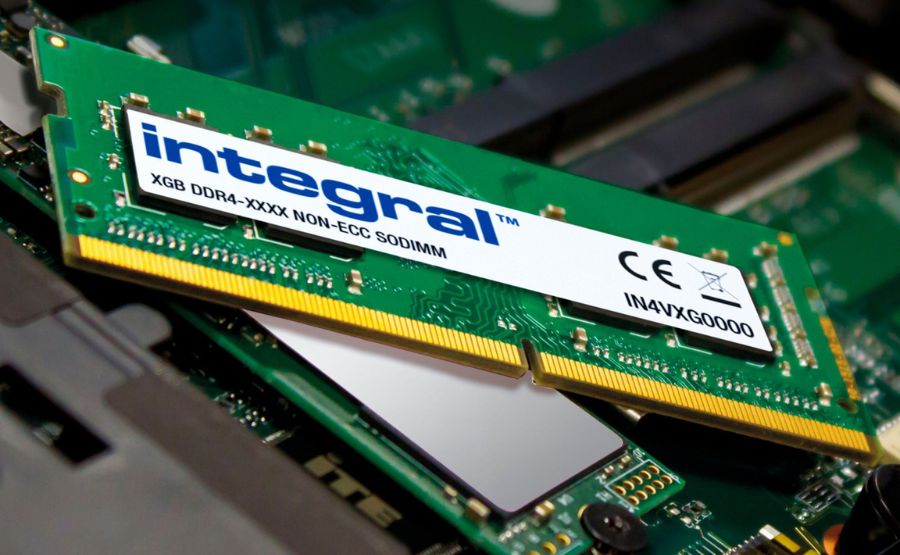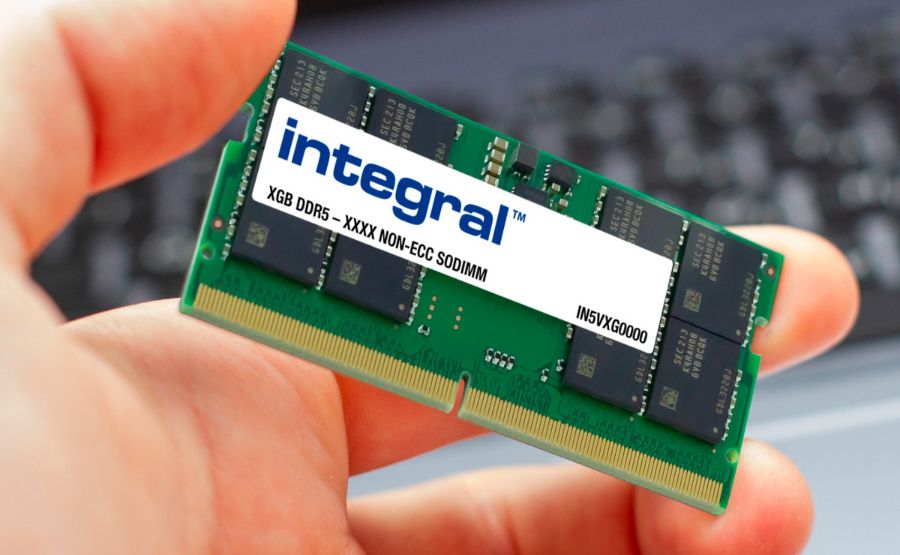Since Double Data Rate (DDR) SDRAM was introduced in 2000 the technology has progressed rapidly, enhancing frequency, speed and efficiency. As all computer hardware is interconnected, this increased random access memory speed has improved the functional speed of other components too, which is why upgrading your RAM is a great method for speeding up a sluggish PC.
This blog explains simply how DDR RAM has developed through the generations, providing information on the innovations of each and comparisons of speed and functionality.
DDR
Double Data Rate (DDR) was introduced in 2000, allowing for a data transfer on both the ascending and descending edge of the clock frequency. This effectively doubled the data transfer capabilities of SDRAM and through over improvements like doubled prefetch capacity and lowered voltage, the overall performance of the modules was increased by more than twice.

DDR2
Introduced in 2003, DDR2 enhanced the input/output bus signal and again doubled the prefetch of DDR. DDR2 also allowed modules to be installed in pairs allowing them to run in “dual channel mode”, working in parallel with each other to reduce latency.
DDR3
Only four years after DDR2, DDR3 technology was established. This iteration again increased the bandwidth twofold. The prefetch capacity doubled from the previous generation, from 4 to 8 bit, whilst the power consumption significantly decreased from 1.8V to a maximum 1.5V. This lower operating voltage was welcome news for battery powered devices, making DDR3 a great option for laptop DRAM.
DDR4
In 2014, DDR4 was released to market. The most significant innovation of DDR4 was the ability to transmit data at four points in the clocking cycle instead of two. This was achieved by splitting the RAM stick into two channels that could be accessed independently.
Additionally, the introduction of DDR4 was the first time that prefetch capacity was not increased. Instead, the DRAM banks were divided into two or four groups (depending on the module) which could each separately prefetch and transfer 8 bits of data.
Both these advances mean DDR4 is significantly faster and more efficient than DDR3.

DDR5
With the standard being released in 2020, modules of DDR5 are just beginning to reach the market.
DDR5 offers better power management, increased channel efficiency and module reliability, and greater performance compared to previous generations. This has been achieved with higher frequencies, on-die error correction code (ECC), an on-board Power Management Integrated Circuit (PMIC) and a prefetch rate of 16.

A Comparison in Numbers
It’s easy to see how the memory modules have increased their capabilities when compared side by side.
| SDRAM | DDR | DDR 2 | DDR 3 | DDR 4 | DDR 5 | |
|---|---|---|---|---|---|---|
| Prefetch | 1 Bit | 2 Bit | 4 Bit | 8 Bit | 8 Bit Per Bank | 16 Bit |
| Data Rate (MT/s) | 66 - 133 | 200 - 400 | 400 - 800 | 1066 - 1866 | 2133 - 3200 | 4800 - 5600 |
| Transfer Rate (MB/s) | 530 - 1060 | 1600 - 3200 | 3200 - 6400 | 8500 - 14900 | 17000 - 25600 | 38400 - 44800 |
| Voltage | 3.3 | 2.5 | 1.8 | 1.35 - 1.5 | 1.2 | 1.1 |
These rates are the default operating ranges provided by each generation and do not include the overclocking capabilities. Always check your PC specifications/capabilities before overclocking any of your hardware.

